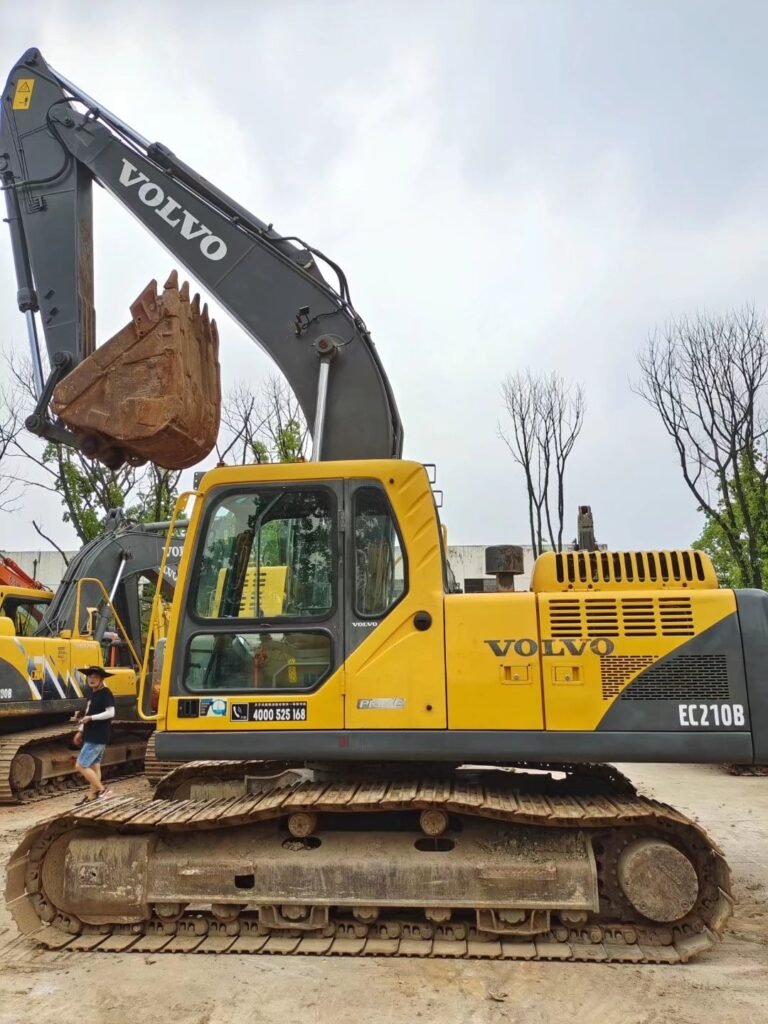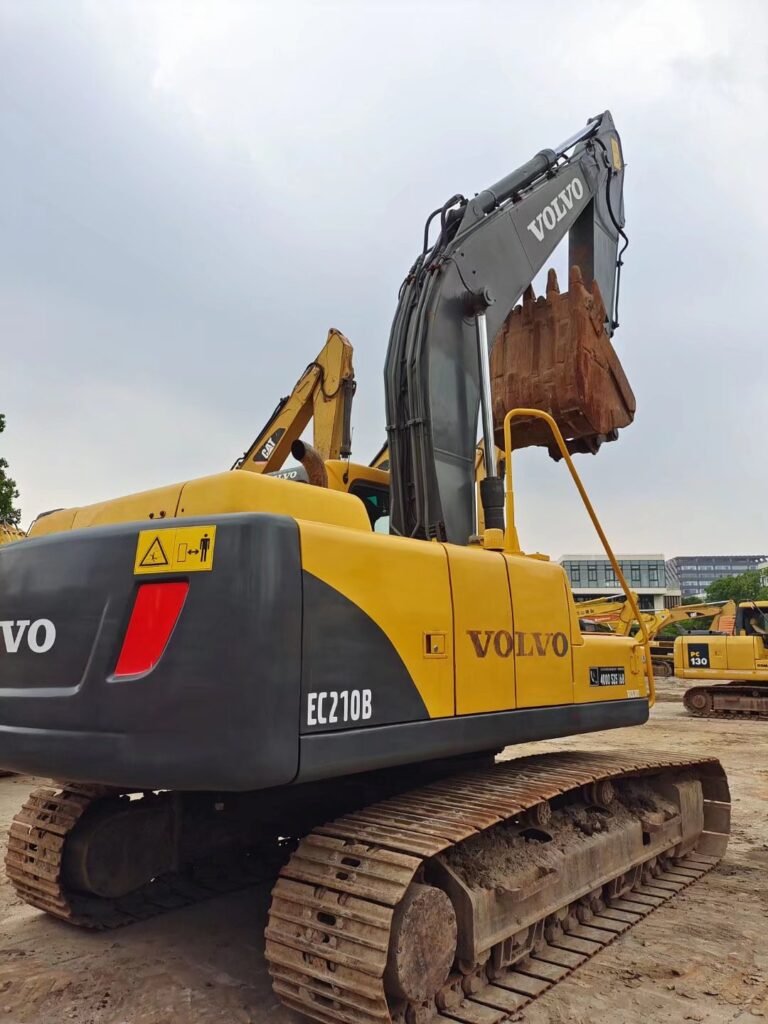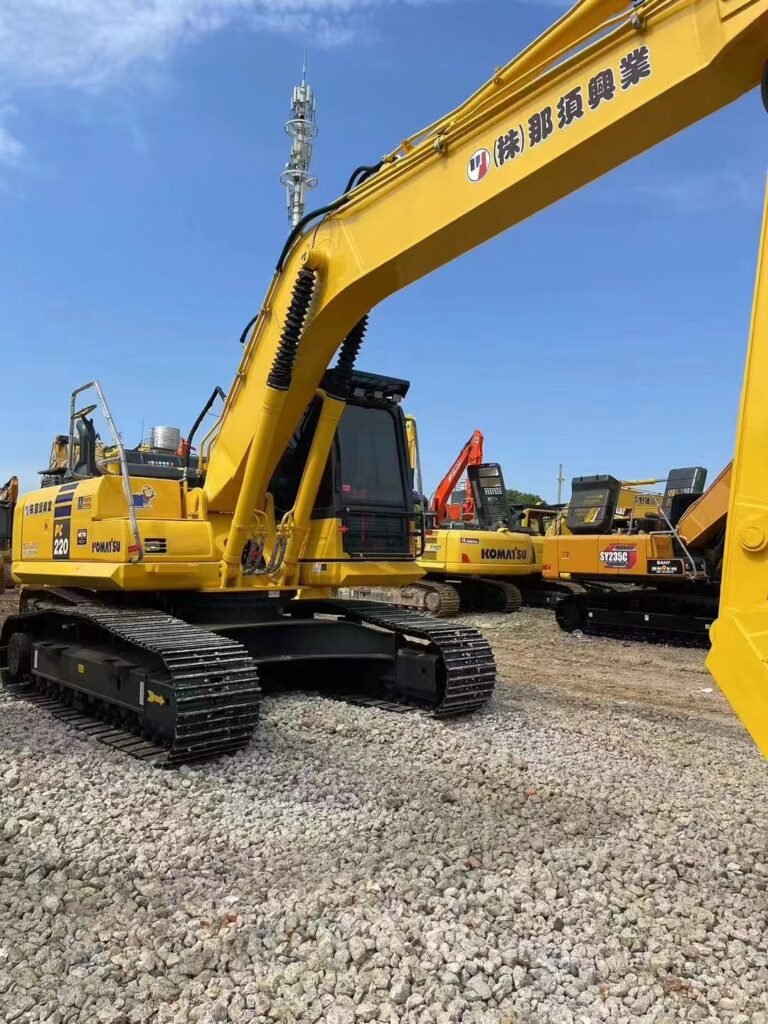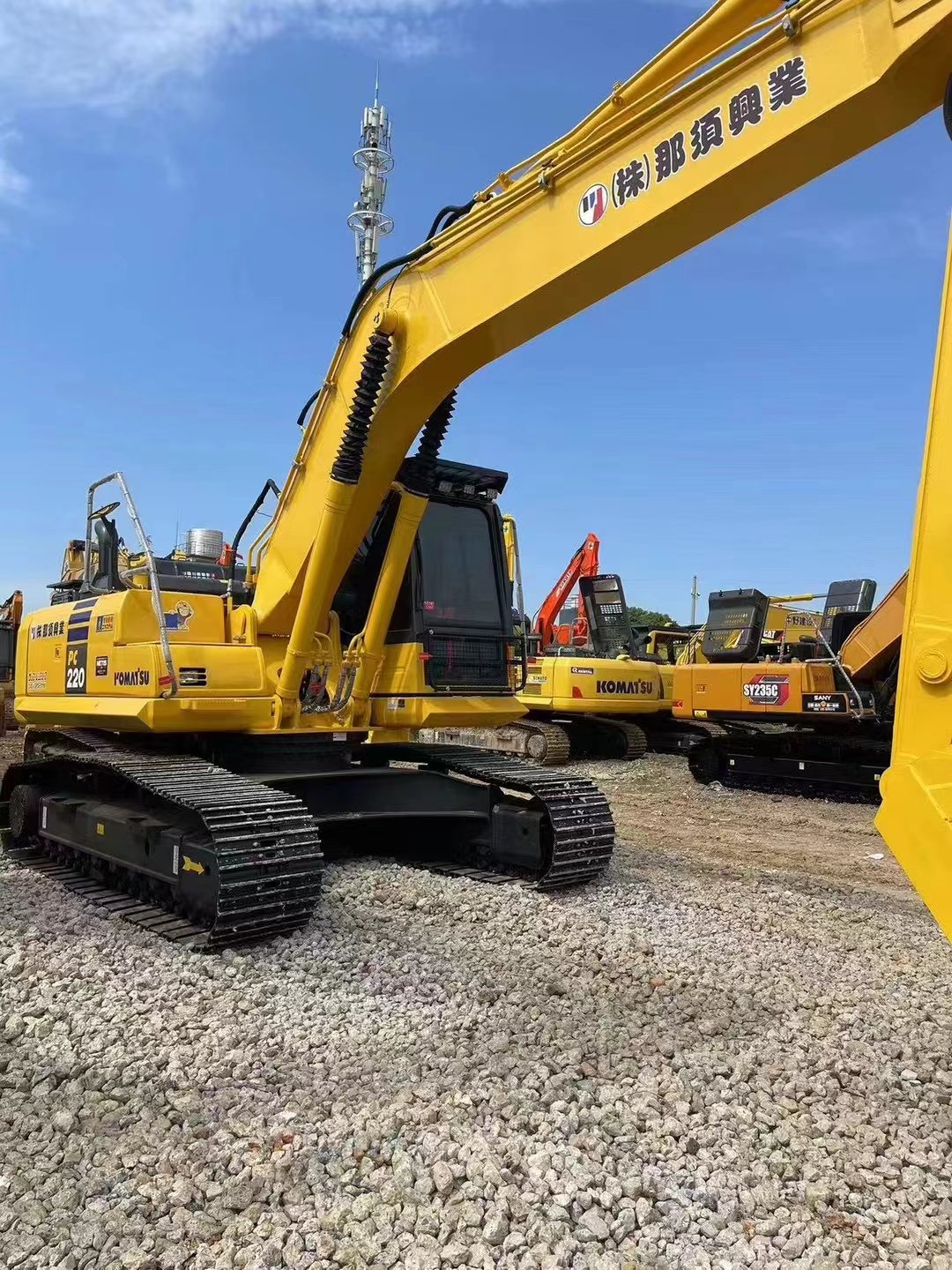I. Introduction
- Background: Excavators play a crucial role in construction, mining, and infrastructure projects. During cross-border transport and storage, these machines face several risks, including physical damage and theft. Incidents not only lead to equipment loss but can also delay projects, causing significant financial repercussions.
- Necessity of Insurance: Insurance provides financial protection for businesses, reducing the economic impact of unforeseen events. By properly insuring excavators, companies can receive timely compensation in case of damage or loss, enabling a swift return to normal operations.
- Purpose and Structure of This Guide: This guide aims to offer comprehensive advice on how to insure excavators during cross-border transport and storage. It includes risk analysis, insurance options, real-world case studies, and concluding recommendations.
II. Risk Analysis in Cross-Border Transport
1. Types of Risks
- Transport Damage: Excavators may suffer damage during transport, such as collisions, tipping, and wear, which can be challenging to avoid and costly to repair.
- Natural Disasters: Natural events like floods, earthquakes, and storms can cause transport delays or damage to equipment, impacting overall project timelines.
- Theft and Loss: The risk of equipment theft or loss during transport always exists, especially in busy traffic areas or regions with poor security.
2. Cost Implications
- Repair and Replacement Costs: The costs associated with repairing damaged equipment can significantly increase operational expenses, and the financial burden of replacing equipment is often unbearable for companies.
- Delay Costs: Unexpected losses can lead to not only direct repair costs but also additional financial and time costs due to project delays, affecting client trust.

III. Risk Management in Storage
1. Storage Risks
- Environmental Factors: Storage conditions such as temperature, humidity, and dust can negatively affect the performance and lifespan of excavators, leading to malfunction or damage.
- Mechanical Failures: Improper storage methods (e.g., poor stacking or lack of protective measures) can lead to mechanical failures, increasing safety hazards during subsequent use.
2. Risk Mitigation Measures
- Effective Storage Planning: Businesses are advised to develop effective storage plans based on the type and characteristics of the equipment, selecting appropriate storage environments to minimize risks.
- Regular Inspections and Maintenance: Emphasizing the importance of regular inspections and maintenance to keep equipment in good condition during storage, thus reducing the likelihood of unexpected failures.
IV. Insurance Options and Selection
1. Types of Insurance
- Transport Insurance: Types of insurance suitable for cross-border transport include:
- Cargo Transportation Insurance: Covers damage and loss due to accidents such as collisions or tipping during transport. This insurance is typically priced based on the risk level of the transport route and destination, ensuring the safety of the equipment throughout the transport process.
- Liability Insurance: Provides protection against damages caused to third parties during transport, such as damage to other vehicles or property.
- Storage Insurance: Insurance options to consider during storage include:
- Warehousing Insurance: Specifically addresses losses or damages to equipment during storage, typically covering risks like fire, theft, and natural disasters.
- Equipment Insurance: Insurance for the equipment itself, ensuring that if accidental damage occurs during storage, compensation can be obtained.
2. Insurance Process
- Choosing an Insurance Company: Selecting a reputable and professional insurance company is crucial. Users should evaluate the financial stability, claims efficiency, and customer service ratings of the insurance provider.
- Steps to Insure:
- Assess Equipment Value: Before insuring, conduct a detailed assessment of the excavator to determine its market value, which will help in selecting the appropriate coverage amount.
- Complete Application: Prepare necessary documents and information, including equipment model, valuation, and specific details about transport and storage, and fill out the insurance application.
- Pay Premiums: Pay the premium based on the chosen type and amount of coverage to activate the insurance contract.
- Confirm Insurance Terms: Carefully read and confirm the insurance terms to understand the coverage scope, exclusions, and claims process.

V. Case Studies
1. Real-Life Examples
- Successful Insurance Instance: A construction company insured its high-value excavator with cargo transportation insurance during cross-border transport. Due to severe weather conditions, an accident occurred, damaging the excavator. Thanks to the prior insurance, the insurance company promptly processed the claim, covering the repair costs and allowing the project to continue smoothly, thus avoiding delays due to equipment damage.
- Accident Cases and Lessons Learned: Another construction company failed to insure its excavator during transport and experienced theft along the way, resulting in equipment loss. Without insurance, the company faced not only the substantial replacement costs but also lost client trust due to project delays. This incident highlighted the importance of timely insurance, prompting the company to enhance its insurance awareness in future projects.
VI. Conclusion and Recommendations
- Review of Key Points: Summarize the main considerations, steps, and best practices for insuring excavators, helping companies effectively manage risks in future transport and storage scenarios.
- Ongoing Monitoring of the Insurance Market: Encourage readers to regularly monitor developments in the insurance market and adjust their insurance strategies promptly to address potential risks and changes, maintaining competitiveness in the market.



